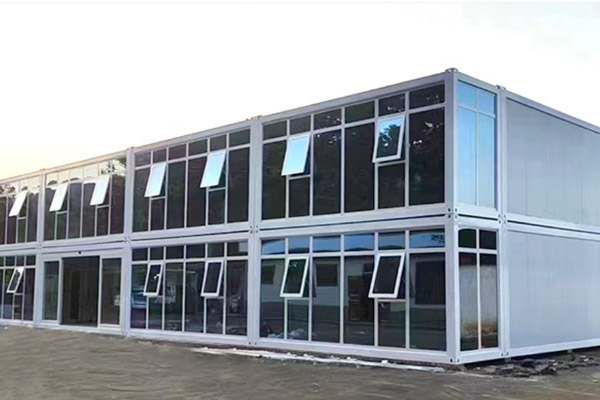Container safety management is an essential aspect of logistics and supply chain management, particularly in today's globalized economy where vast quantities of goods are transported across international borders. Ensuring the safety of cargo within containers not only protects valuable shipments but also enhances operational efficiency and compliance with regulatory standards.
1. Understanding Container Standards and Regulations
One of the first steps in ensuring cargo safety is understanding the various international standards and regulations that govern container transport. The International Maritime Organization (IMO), the International Organization for Standardization (ISO), and local regulatory bodies have established guidelines to ensure that containers are safe for transport. Familiarizing yourself with these regulations helps in selecting the right container type and understanding the legal responsibilities associated with cargo transport.
Key Points:
-ISO Standards: Containers should comply with ISO 668 and ISO 6346 standards, which define container dimensions and classifications.
-Safety Regulations: Adhere to the regulations set forth by the International Maritime Dangerous Goods (IMDG) Code for hazardous materials.
2. Container Inspection and Maintenance
Regular inspection and maintenance of containers are critical for safety. Containers should undergo thorough inspections before loading and after unloading. This includes checking for structural integrity, signs of rust, and any damage that could compromise their safety.
Key Points:
-Pre-Trip Inspections: Conduct visual and physical inspections to identify potential issues.
-Scheduled Maintenance: Implement a maintenance schedule to address wear and tear, ensuring containers remain in good condition.
-Documentation: Keep records of inspections and maintenance activities to demonstrate compliance and for reference.
3. Proper Cargo Loading and Securing
How cargo is loaded and secured within a container greatly affects its safety during transit. Improper loading can lead to cargo shifting, which can cause damage to both the cargo and the container itself.
Key Points:
-Weight Distribution: Ensure even weight distribution to prevent tipping or shifting during transport.
-Use of Dunnage: Employ dunnage materials to fill empty spaces and secure cargo in place.
-Strapping and Lashing: Use appropriate strapping and lashing techniques to keep cargo secure and minimize movement.
4. Training and Education for Personnel
Training personnel involved in container handling and management is vital for safety. Employees should be well-versed in the procedures for loading, unloading, and inspecting containers.
Key Points:
-Safety Protocols: Provide training on industry safety protocols and best practices.
-Emergency Procedures: Educate staff on emergency response procedures in the event of an accident or cargo spill.
-Continuous Learning: Encourage ongoing education to keep up with new regulations and technologies in container management.

5. Utilizing Technology for Enhanced Safety
Advancements in technology offer numerous tools to enhance container safety management. From tracking systems to real-time monitoring, technology can significantly improve the safety of cargo during transit.
Key Points:
-Container Tracking Systems: Implement GPS tracking to monitor container locations and conditions in real-time.
-Telematics: Use sensors to collect data on container temperature, humidity, and other environmental factors, especially for sensitive cargo.
-Automated Alerts: Set up alert systems for potential issues, such as unauthorized access or environmental hazards.
6. Risk Assessment and Incident Management
Conducting regular risk assessments helps identify potential hazards associated with container transport. Understanding these risks allows companies to put preventive measures in place.
Key Points:
-Hazard Identification: Regularly assess risks related to specific cargo types, transport routes, and handling procedures.
-Incident Response Plans: Develop comprehensive incident response plans to mitigate the impact of accidents or cargo damage.
-Post-Incident Analysis: After an incident, conduct a thorough analysis to identify causes and implement changes to prevent recurrence.
Effective container safety management is crucial for protecting cargo, ensuring compliance, and maintaining operational efficiency in the logistics industry. By implementing a combination of regulatory understanding, regular inspections, proper loading techniques, personnel training, technological advancements, and risk assessments, organizations can significantly enhance the safety of their operations. Ultimately, prioritizing container safety not only safeguards valuable goods but also builds trust with customers and partners in the supply chain.


